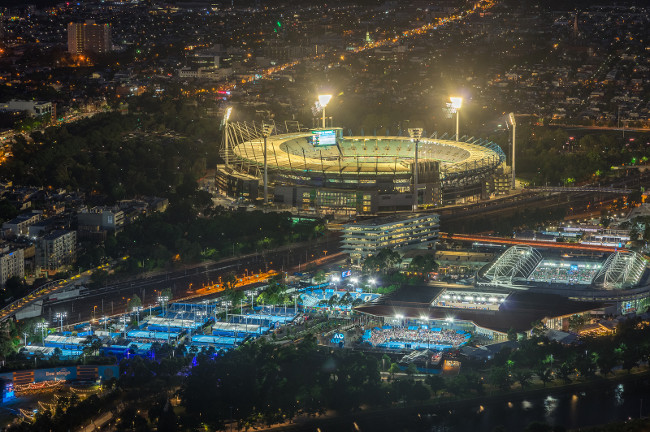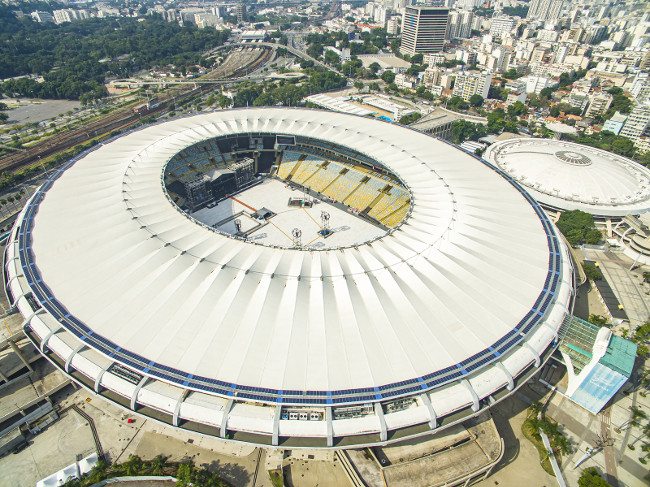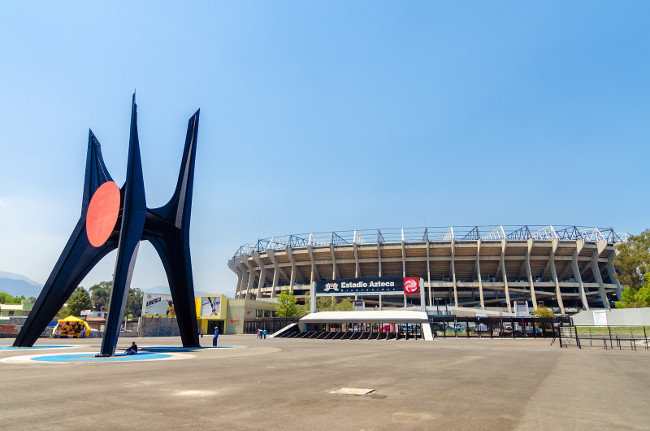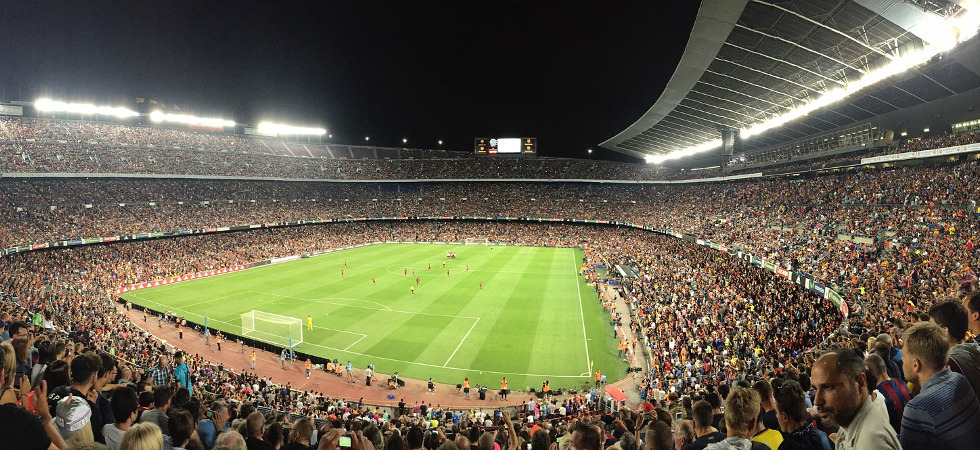For many a devout football fan, a first visit to their local stadium remains one of the earliest childhood memories. The smell of the burger vans, the hustle and bustle of the thousands of fans shuffling into the stadium in their colourful replica kits and face-paints is unforgettable.
There is something quite unquantifiable about the experience of visiting a football stadium. In fact, a great deal of time and resources from researchers across the globe have been spent trying to understand what it is that makes those Saturday afternoons so special.
Whatever the reason, many of us are hooked on The Beautiful Game – so in collaboration with footballing experts, we have identified the five stadiums true football fans must put right at the top of their bucket list. If you’re craving more of a footballing fix after checking out these iconic stadia, visit realfootball365.
Wembley Stadium, London

Capacity: 90,000
No list would be complete without the inclusion of the iconic Wembley Stadium, home to the English national team and arguably the spiritual home of football itself.
Re-opened to the public in 2007, Wembley Stadium now exists in its second form, having been rebuilt on the site of the old national stadium of the same name – which was demolished in 2002. The development cost £789m, which equates to well over £1bn in today’s money, and plays host to all the major domestic events and finals, as well as England’s international football games and concerts.
The stadium was also the venue for a number of major international games, including the 2011 and 2013 Champions League finals, and will also hold the final of Euro 2020 next summer.
Camp Nou, Barcelona

Capacity: 99,354
The Camp Nou is the third-largest stadium in the world, and home to arguably the world’s most famous football club – with an iconic culture. FC Barcelona play their games at the famous stadium, which holds a smidge under 100,000 spectators.
The record attendance was broken during 2019, when Barcelona defeated Liverpool 3-0 in the first leg of the Champions League semi-finals. As we all know, the drama that followed in the second-leg may live on forever, as the Reds overturned that deficit with a stunning 4-0 victory at Anfield en route to claiming the title.
The Camp Nou was opened in 1957, and its unique architectural features have stood the test of time. The stadium has hosted a number of high-profile games, including the World Cup in 1982, as well as one of the European Cup’s greatest ever finals, in which Manchester United scored twice in stoppage time to snatch a 2-1 victory over Bayern Munich.
The Melbourne Cricket Ground, Melbourne

Capacity: 100,024
OK, so this one is contentious, but hear us out. The Melbourne Cricket Ground, known colloquially to Aussies simply as ‘The G’, is far more than ‘just’ a cricket stadium. The G actually primarily plays host to the nation’s favourite sport, Aussie Rules Football, as well as a number of other events – including the Socceroos’ international fixtures.
With a capacity that dribbles marginally over the 100,000 milestone, the Melbourne Cricket Ground is the world’s second-largest football stadium, with the only arena to beat it located in North Korea – which has been omitted for obvious reasons. The G has a formidable atmosphere, as well as a spellbinding location on the bank of the Yarra River in Melbourne.
The stadium is host to many iconic sports events during the year, including Ashes cricket tests, soccer matches, and the Australian sporting highlight of the year – the AFL Grand Final.
Maracanã Stadium, Rio de Janeiro

Capacity: 78,838
If any stadium can challenge Wembley to be known as the Home of Football, it is probably this one. The Maracana is the home of the Brazilian national football team, the most successful nation in World Cup history, having won five titles.
The stadium was developed in time for the 1950 World Cup, in which Brazil lost out to Uruguay 2-1 in the final. In its form back then, the Maracana could hold a lot more spectators, and 199,854 supporters squeezed in to witness the final.
The stadium underwent significant redevelopment ahead of the 2014 World Cup, which was also held in Brazil.
Estadio Azteca, Mexico City

Capacity: 87,523
The Estadio Azteca, home of the Mexican national side, is one of only two football arenas to have hosted multiple World Cup finals – alongside the Maracana.
Its influence on world football might have diminished in recent decades, but there is no denying that Estadio Azteca has played a significant role in football’s history. It will arguably be known to many of an English persuasion as the stadium in which Diego Maradona scored his infamous ‘Hand of God’ goal for Argentina, as well as hosting the “Game of the Century”, which Italy won over West Germany 4-3, with five of the seven goals all coming in extra-time.






















